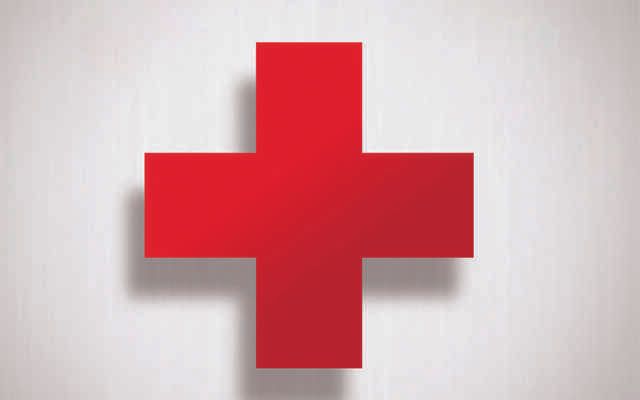Healthcare NFTs – Ideas for a Modern Donor Community

Aside from the Noora Health Save Thousands of Lives NFT that sold for over 1,300 ETH, the level of NFT experimentation in healthcare is disappointingly low. Which is understandable. However, there are a lot of ideas we have on how different healthcare-related initiatives can use NFTs to go further.
NFTs in Healthcare
The main driver of NFT growth today is that buying certain NFTs literally, or metaphorically, admit you into a community. Long Neckie Ladies collectors are collectively interested in empowering young females. Sad Frogs District collectors love creating memes together in their Discord.
NFTs are driven by a sense of belonging and by what we like to call “digital flexes” – owning certain NFTs gain you respect.
Therefore, these are three health-related NFT ideas that could really take off today.
One, NFTs can be issued to fund research. Today, if you want to donate to a research initiative, you might get a brick on a walkway, your name on a wall, or an invite to an expensive dinner. It’s not a great way to incentivize donors, nor is it a great way for donors to show others what they support. (Reminds me of the hundreds of old commemorative bricks found in a dump near Wrigley Field when they renovated the stadium, lol)
NFTs, on the other hand, give donors a special gift in exchange for their support. They become non-profit collectibles in a way. And you can actually gift something meaningful to donors that can be updated periodically to show where their funds are going.
UC-Berkeley executed this idea quite well in June of 2021. They auctioned off an NFT called The Fourth Pillar which was a collage of ten pages outlining Jim Allison’s Nobel Prize-winning research of a cancer immunotherapy invention.
Ultimately, the NFT sold for 22 ETH which is going toward education and research, with a focus on seed funding for early-stage research.
I really like how they tokenized an important piece of “research memorabilia” to fund the continuation of research. It’s like owning a piece of the journey toward treatments that could save a lot of lives.
Two, NFTs can be issued to spread awareness for a cause. Currently, there’s no great way to digitally and permanently show your support for a cause you care about. Yes, we share posts on social media. Create hashtags to spread awareness. And maybe receive a sticker we can put on our cars. But it’s 2021 and we can surely do better.
If I were at a foundation, I’d start looking into collaborating with known NFT artists and toying with ideas around tiered NFT releases that clearly and effectively show what the purchase of this NFT supports.
Three, NFTs as rewards or badges for continued contributions. I thought about this idea specifically for the use case of donating blood. First, every blood donation should be rewarded with an NFT that allows you to track how your blood helped someone.
Furthermore, you can create different badges for the amount of blood you’ve donated over your lifetime. This creates a desire to continue donating blood in order to work your way up to the rarer rewards… until you reach legendary donor status of James Harrison, who has donated more than 1,100 times and saved 2 million babies in the process.
NFTs don’t always have to be an investment. There can be projects that don’t promise the opportunity for a profitable flip on the resale market.
And I think when you apply a lot of the effective gamified rewards we see today to the lens of charitable healthcare initiatives, then you have the opportunity to really create a digital community of support that grows on its own.
Ready to Learn About NFTs?
Join 11,000+ readers of NFT QT, a weekly newsletter packed with tips and actionable insights for people fascinated with NFTs just like you.
